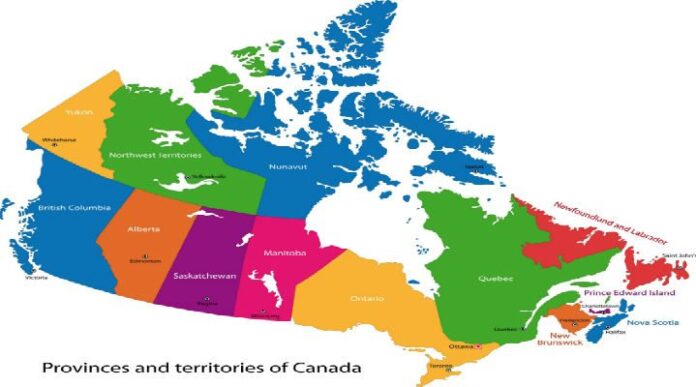Mobilicity deal includes closing of Shaw spectrum acquisition, spectrum divestitures to Wind Mobile
Rogers Communications won the bidding war for beleaguered Canadian mobile operator Mobilicity in a move that government regulators said would bolster its attempts to increase competition across Canada.
Rogers said it was set to pay approximately $357 million for Mobilicity, with the purchase subject to approval by a bankruptcy court and government regulators. Mobilicity, which has struggled for solvency, is controlled by Data & Audio-Visual Enterprise Holdings and offers native coverage using its 1.7/2.1 GHz spectrum licenses in Toronto, Ottawa, Calgary, Edmonton and Vancouver.
“The transaction with Rogers provides the best possible outcome for Mobilicity’s customers, dealers and employees,” said Anthony Booth, president of Mobilicity. “Rogers ensures certainty of service for Mobilicity customers, provides a great network, national coverage and high-quality products and services. At the same time, Mobilicity employees will have the opportunity to work at a great Canadian company in Rogers.”
Rogers and Telus were reported to be interested in Mobilicity despite regulatory concerns.
Telus in 2013 made a $370 million offer for Mobilicity that was shot down by regulators due to competitive concerns, which it followed up last year with a $350 million bid that also drew a negative regulatory response. Telus did manage to close on a subsequent acquisition of Public Mobile.
Rogers looks to have managed to garner government approval thanks to a corresponding spectrum deal with Shaw Communications and spectrum divestiture with smaller rival Wind Mobile.
The Shaw deal, which was initially announced in early 2013, included 1.7/2.1 GHz licenses covering portions of British Columbia, Alberta, Saskatchewan, Manitoba and northern Ontario. The full deal also included Shaw selling its stake in Mountain Cablevision to Rogers, while in turn acquiring Rogers’ 33.3% stake in the TVtropolis General Partnership. The financial aspects of the deal called for Rogers to pay just over $700 million to Shaw, including $50 million as part of the spectrum license option. Rogers said today that it will pay an additional $100 million in addition to the down payment as part of that original deal.
Following the close of the Mobilicity and Shaw deals, Rogers said it will divest some of its 1.7/2.1 GHz licenses to Wind Mobile that are contiguous to Wind’s current spectrum holdings in British Columbia, Alberta, Saskatchewan, Manitoba, and northern and eastern Ontario. Rogers and Wind Mobile will also swap spectrum in that band covering southern Ontario to create contiguous spectrum for Rogers.
Rogers said that post-transactions, it will have access to wider spectrum bands in order to bolster its LTE services.
“We’re basically adding multiple lanes on our wireless highway in three key markets overnight,” said Guy Laurence, president and CEO of Rogers Communications. “This means faster speeds and better quality for our customers as they use more and more mobile video.”
Canada’s telecom regulator Industry Canada, touted the transactions as a positive step in its attempts to broaden the competitive balance of mobile operators in the country. The government noted that in connection with recent spectrum auctions in the 1.7/2.1 GHz, 700 MHz and 2.5 GHz bands, “new” wireless entrants now control approximately 25% of the country’s total wireless spectrum, with the three dominate players – Rogers, Telus and Bell Canada – controlling the other 75%.
“Today our government approved a series of spectrum license transfers between Rogers, Shaw, Mobilicity and Wind. These transfers will result in at least four wireless firms in every region of the country being able to offer the latest technology, world-class service and more choice to all Canadians and their families,” stated Industry Minister James Moore. “The approval of these spectrum license transfers is a win for Canadian consumers. A new wireless competitor has secured valuable spectrum it needs, and high-quality spectrum that went unused for almost a decade will now be deployed for the betterment of all Canadians.”
Canada’s Radio-television and Telecommunications Commission recently announced plans to take steps in regulating roaming rates across the country, citing “an insufficient level of competition among the national wireless companies … in the provision of wholesale roaming services.”
Bored? Why not follow me on Twitter

